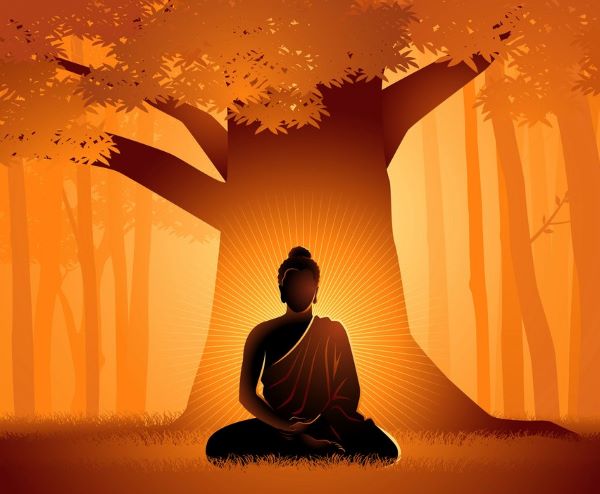The image of the Buddha

Over the last three parts of this 12-part series on the story of Buddhism, we have come to know about the Buddhist sites of India, Gautam Siddharth’s escape from material world and the world of early rock-cut caves of western India. Find out where does art historian and producer-director BENOY K BEHL takes us today..
This film is about the making of early images of the Buddha. The schools of art which are covered are those of Mathura and Gandhara (1st-2nd century CE). Of the early Indic personifications of philosophic ideals, Lakshmi with elephants pouring water over her, representing the generous fertility of the world, was among the earliest. She was seen first in the railings of the early stupa at Sanchi and also the railings of the stupa at Bharhut.
Besides the representations of the abundance and fertility of nature, other deities gradually came into being in Indic art. Indra and Surya came to be seen in the second century BCE in the Buddhist caves at Bhaja. A first century BCE Buddha from the Mathura region is among the earliest sculptures of the Enlightened One. By the first century CE, a large number of Buddha sculptures were being made in North and Central India. These were personifications of the potential of Enlightenment within us. We were to look upon them, we were to meditate upon them, to awaken the Buddhahood within ourselves.


